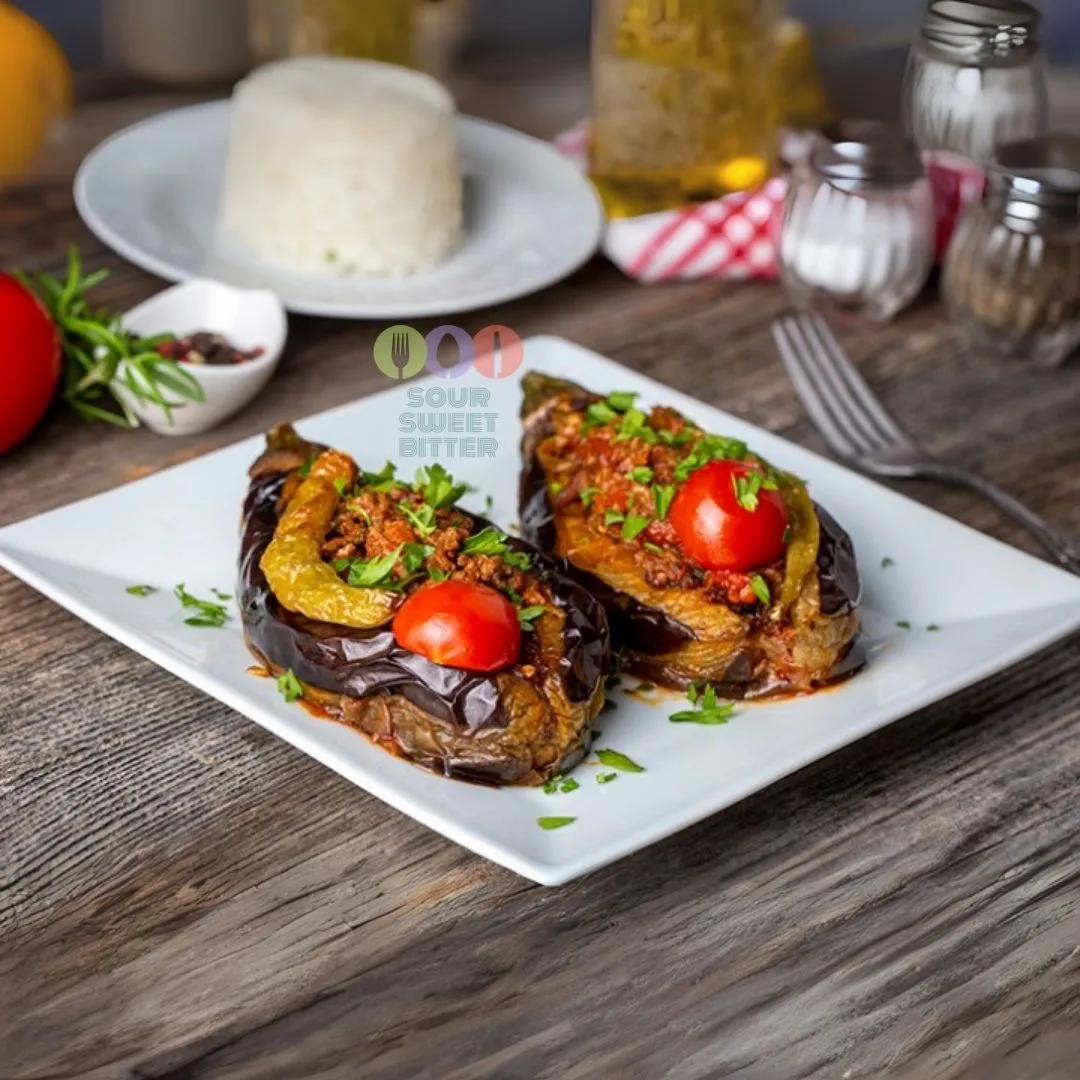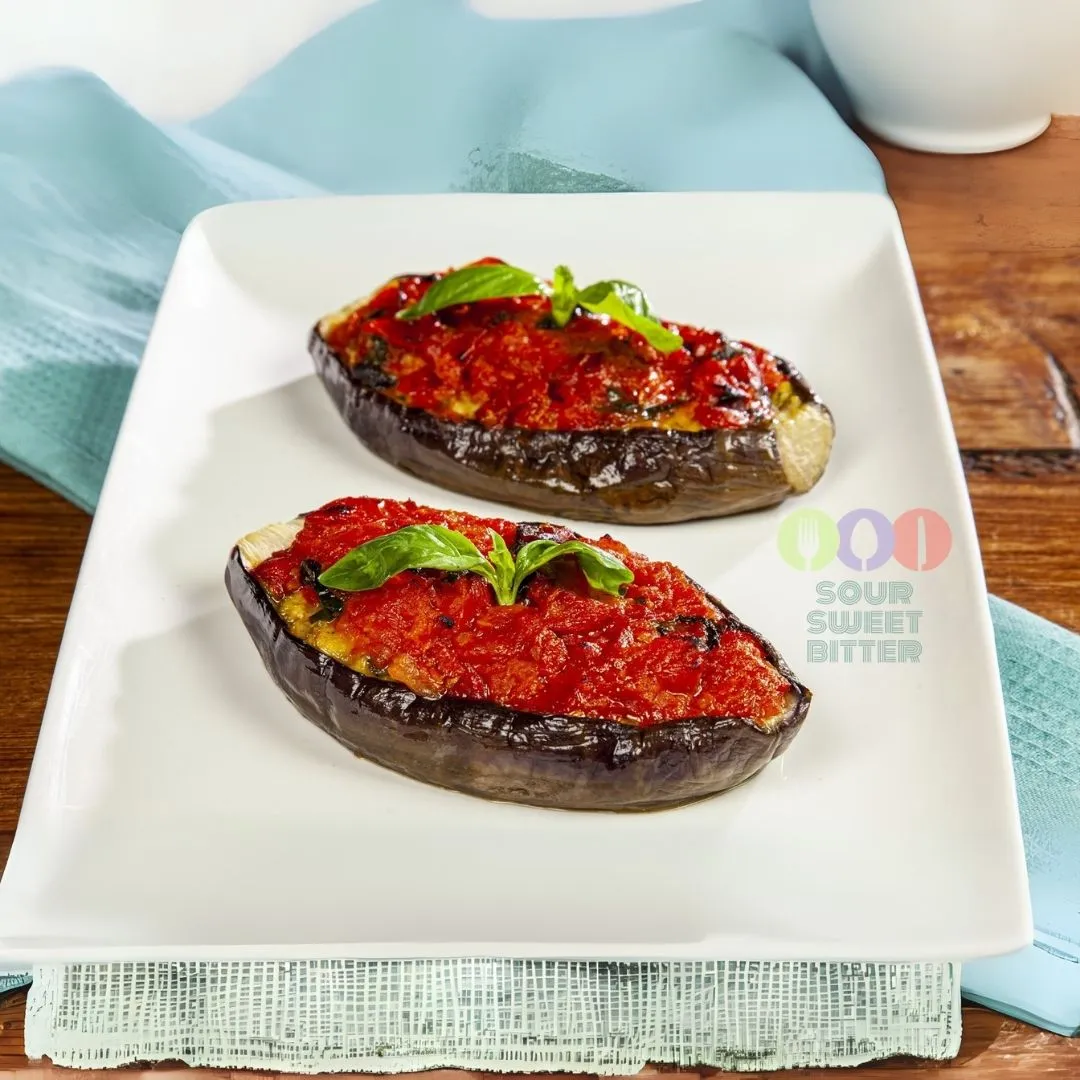Labskaus: The Hearty Sailor’s Dish from Northern Germany
Imagine a dish born out of the relentless seas, where sailors braved storms and hunger with only preserved ingredients at their disposal. Enter Labskaus, the legendary meal that’s not just food—it’s a piece of history served on a plate. With its roots deep in Northern Germany’s maritime culture, Labskaus remains an authentic taste of resilience, ingenuity, and tradition.
A Sailor’s Lifeline: The Origins of Labskaus
In the 18th century, life on the open seas was anything but easy. Sailors faced long voyages, treacherous conditions, and limited access to fresh food. Out of necessity, Labskaus was born—an ingenious creation that combined preserved ingredients like salted meat, pickled herring, potatoes, and beetroot into a dish that was both filling and nourishing.
What makes it even more fascinating is its linguistic journey. The name “Labskaus” is thought to come from the English word “lobscouse,” a similar sailor’s stew enjoyed across the North Atlantic. Over time, this humble meal evolved into a beloved staple in Germany’s coastal cities, like Hamburg and Bremen, where it became a culinary treasure.
The Cultural Legacy of Labskaus
Labskaus is more than just a meal—it’s a direct link to Northern Germany’s seafaring heritage. For sailors far from home, it was a comforting reminder of the shores they left behind. Today, that same spirit lives on, with this dish proudly served in traditional restaurants across the region. Eating Labskaus is like tasting history, a hearty nod to the men who sailed the North and Baltic Seas.
But its appeal has stretched far beyond the decks of ships. Now considered a comfort food in Germany’s coastal cities, Labskaus has found its way into festivals, local gatherings, and family kitchens. Whether you’re a sailor or landlubber, this dish serves as a flavorful gateway to Northern Germany’s cultural heart.
What’s Inside This Iconic Dish?
At first glance, Labskaus might seem like an unusual combination, but one taste and it all makes sense. The key ingredients—corned beef or salted meat, mashed potatoes, beetroot, and onions—work together to create a hearty, satisfying dish. Often, it’s served with a side of pickled herring (Rollmops), fried eggs, and gherkins, giving it a unique blend of textures and flavors.
The bright pink hue from the beetroot is instantly recognizable and adds to its charm, making it visually appealing and distinctly German.
When prepared, the mashed potatoes and corned beef form a creamy base. The beetroot adds sweetness and color, while the pickled herring and gherkins introduce a sharp, tangy twist. Finally, the fried egg on top ties everything together, making this dish a complete, satisfying meal.
Modern Takes on a Timeless Classic
Over the years, Labskaus has seen various tweaks and modern interpretations, but its essence remains unchanged. In some regions, fresh beef replaces corned beef for a more delicate flavor, while others skip the pickled herring for a simpler version. No matter the variation, the heart of the dish—its bold, hearty character—remains intact.
Why Labskaus is More Popular Than Ever
In a world where food trends come and go, Labskaus has stood the test of time, thanks to its deep roots in German tradition. Whether you’re a traveler exploring Hamburg’s bustling port or a local enjoying a meal at a maritime-themed restaurant, tasting Labskaus is like taking a bite of history. It connects you to the sailors who made it and to a region proud of its seafaring past.
Labskaus isn’t just about the ingredients or the cooking method—it’s about honoring the toughness and ingenuity of those who lived off the sea. So, the next time you’re in Northern Germany, don’t miss the chance to experience this historic dish. You’re not just having a meal—you’re connecting with centuries of German maritime culture, one bite at a time.
Discover Traditional German Recipes Discover Traditional Recipes from Europe You may like this also: Swedish Gravlax Discover 10 Traditional Recipes From Germany
Germany Labskaus
Ingredients
Instructions
-
Boil the potatoes by placing them in a pot filled with water.
-
Meanwhile, saute the finely chopped onions in a little oil until they turn pink.
-
Chop the meat as thinly as possible. Grind the chopped meat with a meat grinder to a puree consistency.
-
Place the crushed meat on top of the pink onions, mix, close the lid of the pot and fry for 3-4 minutes.
-
Chop the gherkins and put them in the pot. Add pickle juice on top.
-
Add salt, black pepper and allspice and mix.
-
Add chopped beets if desired. Let it cook for 10 minutes.
-
Mash the boiled potatoes until they have a puree consistency but are not too large.
-
Add the potatoes to the meat mixture you prepared and mix. If the mixture is too thick, you can add a little more pickle juice.
-
Put the mixture on the plate. For each portion, cook 1 egg and place it on the mixture.
-
Place the herring flat or rolled up next to it.
-
Serve garnished with pickles and beets. Guten Appetit!















